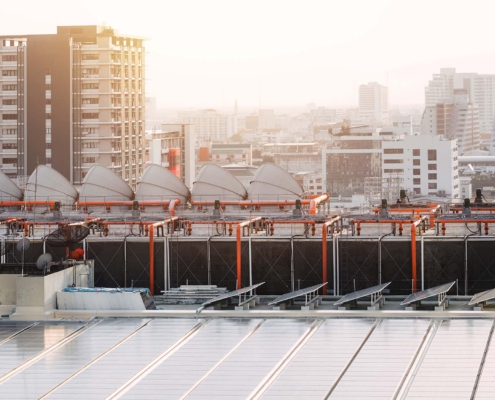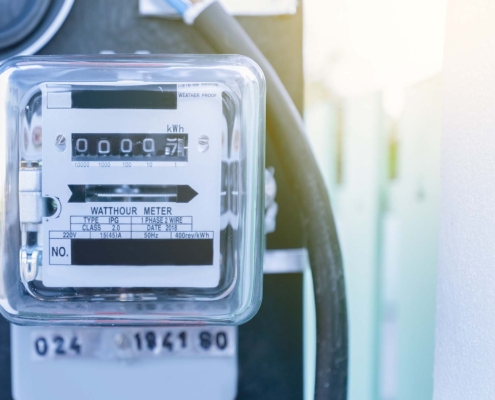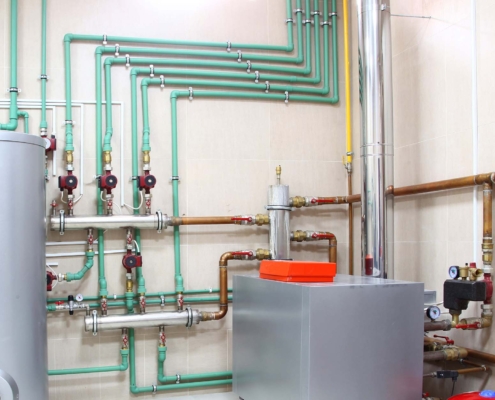 https://www.aircomfort.com/wp-content/uploads/2022/10/What-Is-IECC-and-How-Does-It-Affect-Your-Business__.jpg
1250
2000
Ike Oji
/wp-content/uploads/2021/08/AC_Logo_FIN_-wTag.png
Ike Oji2022-10-31 09:00:002023-04-27 15:24:16What is the IECC?
https://www.aircomfort.com/wp-content/uploads/2022/10/What-Is-IECC-and-How-Does-It-Affect-Your-Business__.jpg
1250
2000
Ike Oji
/wp-content/uploads/2021/08/AC_Logo_FIN_-wTag.png
Ike Oji2022-10-31 09:00:002023-04-27 15:24:16What is the IECC?HVAC Upgrade Best Practices
Upgrading your existing HVAC infrastructure is an ideal way to extend the life of your system while maximizing energy efficiency and performance. If your organization is in the market for an HVAC upgrade, a little planning can go a long way toward ensuring the long-term success of your system. In this post, we’ll explore some of the factors you need to consider as you plan your HVAC upgrades so you get the most out of your investment.
Sizing Your System
The first step to ensuring that an HVAC upgrade is optimized for your system is by correctly sizing it. During your initial HVAC installation and HVAC construction, experts designed and installed your system with specific load calculations in mind. These load calculations ensure that your system is ideal for your facility’s heating and cooling needs. In short, your HVAC infrastructure is sized so that it can keep your facility comfortable as efficiently as possible.
Without taking load calculations into account, you either end up paying more for a system you don’t ultimately need or your system runs constantly, driving up energy expenses without maintaining ideal comfort levels. When you’re planning HVAC upgrades, be sure that those upgrades align with your existing system’s load requirements. Remember, bigger isn’t always better, as you don’t want to pay to operate equipment you don’t actually need. At the same time, undersizing upgrades can result in an even less efficient system than you had before.
HVAC Upgrade Installation Best Practices
Making HVAC upgrades only gets you so far if you don’t fine-tune other aspects of your infrastructure. While planning upgrades, take the time to account for other facets of HVAC performance optimization, such as:
Charge Adjustments
In order for your cooling systems to run as efficiently and effectively as possible, they need the proper amount of refrigerant. Otherwise, your system will end up breaking down more frequently, fail prematurely, and create warm spots throughout your facility.
Check Airflow
Even with the necessary upgrades, restricted airflow problems can result in an inadequate heating and cooling system. Be sure that your air return and supply systems are large enough to accommodate any of the upgrades you make without restricting airflow.
On top of ensuring that your air return and supply systems are adequate, also check that they’re properly sealed. When these systems draw air in from places other than vents, your system ends up pulling in contaminated or unconditioned air, causing it to have to work harder and negatively affecting indoor air quality.
Ongoing Maintenance
Unfortunately, just because you make the proper upgrades to your HVAC system, that doesn’t mean you can forget about your heating and cooling infrastructure for the next few years. Instead, take the time to understand the regular maintenance recommendations for your new equipment so that it’s prepared to serve you for years to come.
Chicago’s HVAC Service Experts
Whether your organization needs help making the necessary HVAC upgrades to an existing system, a brand new HVAC solution designed and built from the ground up, or emergency HVAC repairs, the experts at Air Comfort are here for all of your needs. Get in touch with our team today, and we’ll help you take the first step to getting the ideal HVAC solution for your day-to-day operations.
Related Postings
 https://www.aircomfort.com/wp-content/uploads/2022/10/What-Is-IECC-and-How-Does-It-Affect-Your-Business__.jpg
1250
2000
Ike Oji
/wp-content/uploads/2021/08/AC_Logo_FIN_-wTag.png
Ike Oji2022-10-31 09:00:002023-04-27 15:24:16What is the IECC?
https://www.aircomfort.com/wp-content/uploads/2022/10/What-Is-IECC-and-How-Does-It-Affect-Your-Business__.jpg
1250
2000
Ike Oji
/wp-content/uploads/2021/08/AC_Logo_FIN_-wTag.png
Ike Oji2022-10-31 09:00:002023-04-27 15:24:16What is the IECC? https://www.aircomfort.com/wp-content/uploads/2022/09/Electrical-equipment.energy-meter-is-a-device-that-measures-the-amount-of-electric-energy-consumed-by-a-residence.jpg
1250
2000
Valeriia Mamleeva
/wp-content/uploads/2021/08/AC_Logo_FIN_-wTag.png
Valeriia Mamleeva2022-09-22 09:00:052023-04-27 15:24:16How To Reduce Energy Use in Commercial Buildings
https://www.aircomfort.com/wp-content/uploads/2022/09/Electrical-equipment.energy-meter-is-a-device-that-measures-the-amount-of-electric-energy-consumed-by-a-residence.jpg
1250
2000
Valeriia Mamleeva
/wp-content/uploads/2021/08/AC_Logo_FIN_-wTag.png
Valeriia Mamleeva2022-09-22 09:00:052023-04-27 15:24:16How To Reduce Energy Use in Commercial Buildings https://www.aircomfort.com/wp-content/uploads/2022/09/boiler-room_.jpg
1250
2000
Valeriia Mamleeva
/wp-content/uploads/2021/08/AC_Logo_FIN_-wTag.png
Valeriia Mamleeva2022-09-15 09:00:372023-04-27 15:24:16How To Identify Common Boiler Problems
https://www.aircomfort.com/wp-content/uploads/2022/09/boiler-room_.jpg
1250
2000
Valeriia Mamleeva
/wp-content/uploads/2021/08/AC_Logo_FIN_-wTag.png
Valeriia Mamleeva2022-09-15 09:00:372023-04-27 15:24:16How To Identify Common Boiler Problems

About
Air Comfort’s mission is to work closely with customers to provide a true “comfort level” for their businesses, with uninterrupted performance and round-the-clock reliability.


